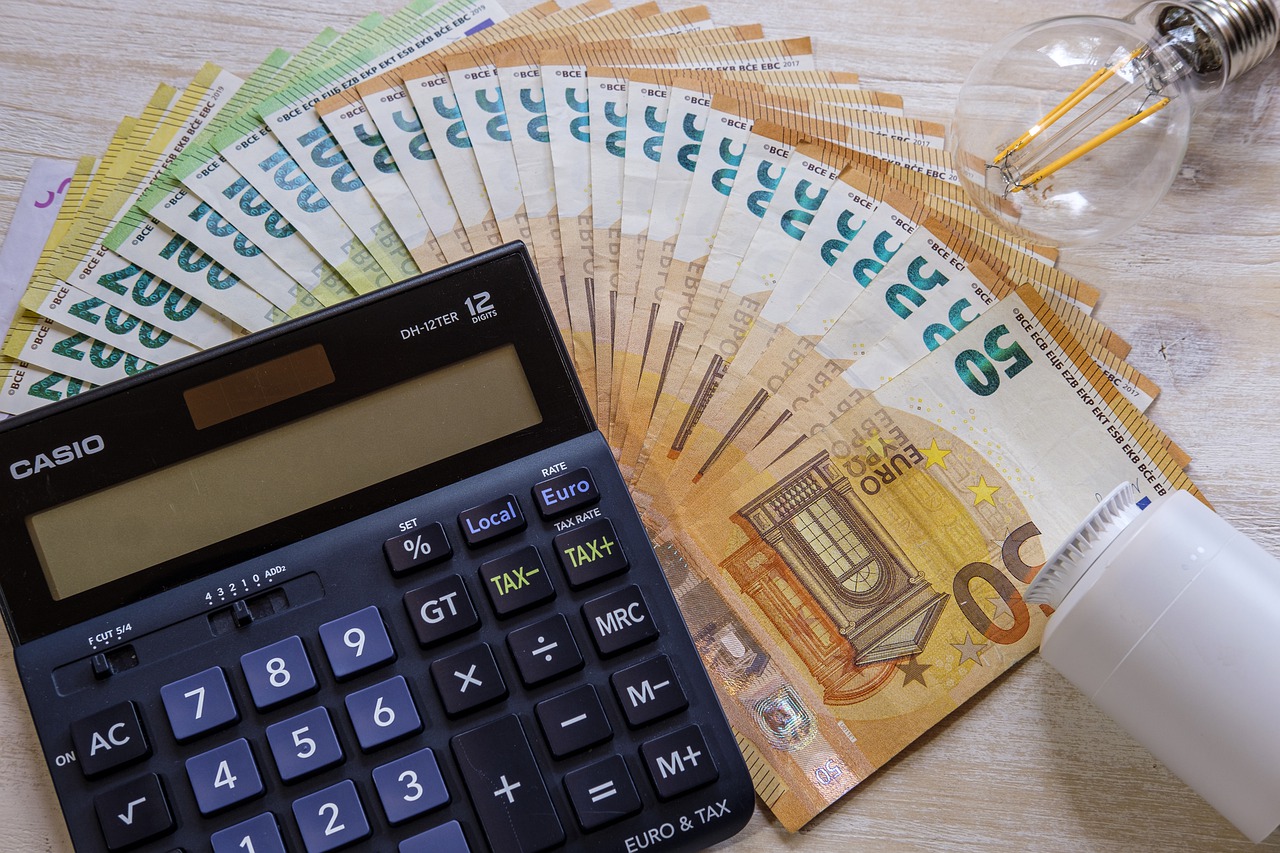Exploring the Essentials of Self-Transfers: Daily Limits, Wire vs ACH, Tracking Transfers, Mobile Banking Options, and Tax Implications Uncovered
GPT_Global - 2025-02-16 00:30:01.0 111
What are the limits on how much money I can send to myself within a day?
When it comes to remittance services, understanding the limits on how much money you can send to yourself within a day is essential. Many service providers implement daily transfer limits to enhance security and prevent fraud. These limits can vary significantly depending on the platform you choose, your location, and your funding source.
Typically, most remittance companies set a daily cap that ranges from a few hundred to several thousand dollars. For instance, popular services like PayPal, Western Union, and MoneyGram may each have different thresholds based on your account type, transaction history, and verification status. It's crucial to check the specific terms and conditions of the service you are using.
Moreover, regulatory requirements in various countries can further influence these limits. In regions with stricter financial regulations, you might encounter lower transfer amounts. To ensure smooth transactions, always verify your identity and account status, as these factors often play a significant role in determining your transfer limits.
In summary, be aware of the daily limits imposed by your chosen remittance service, and consider reaching out to customer support for personalized guidance on maximizing your transfer capacity.

Is there a difference between sending money to myself via wire transfer versus ACH?
When considering sending money to yourself, understanding the differences between wire transfers and ACH (Automated Clearing House) transactions is crucial. Both methods serve the purpose of transferring funds, but they operate in distinct ways that can affect your experience.
Wire transfers are typically faster, often completing within a few hours, while ACH transfers usually take one to three business days. If you need immediate access to your funds, a wire transfer may be the better option. However, this speed comes at a cost; wire transfers often incur higher fees compared to ACH transactions, which are generally more economical.
Another factor to consider is security. Wire transfers are considered more secure, as they offer real-time processing with verification steps. On the other hand, ACH transfers can be prone to certain delays and potential fraud risks, although they have robust security measures in place.
Ultimately, the choice between wire transfers and ACH depends on your specific needs—whether you prioritize speed, cost, or security. Regardless of your decision, it's essential to choose a reputable remittance service that meets your requirements.
How can I track a money transfer I sent to myself?
Tracking a money transfer that you sent to yourself is a crucial step in ensuring your funds reach their destination securely and on time. Whether you’re using a bank, an online remittance service, or a mobile app, most platforms provide a tracking feature that allows you to monitor your transaction.
First, locate the unique reference number or transaction ID provided at the time of the transfer. This number is essential for tracking and can usually be found in your confirmation email or within the app's transaction history.
Next, visit the website or open the app of the service you used to send the money. Look for a “Track Transfer” option, where you’ll enter your reference number to get real-time updates about your transaction status. You can also contact customer service if you encounter any difficulties or require further assistance.
Always keep an eye on your email or notifications for updates regarding your transfer. By utilizing these tracking tools, you can enjoy peace of mind knowing exactly where your money is during the remittance process.
Can I send money to myself using mobile banking apps?
In today's fast-paced world, mobile banking apps have revolutionized the way we conduct financial transactions. One common question that arises is, "Can I send money to myself using these apps?" The answer is a resounding yes! Most mobile banking apps offer users the ability to transfer funds between their own accounts or even from one app to another, making it easy to manage finances.
Sending money to yourself can be particularly useful for individuals who wish to allocate funds for specific purposes, like saving or budgeting. By utilizing this feature, you can separate your spending money from your savings effortlessly. Whether you’re sending money from your checking account to savings or from one app to another, the process is typically straightforward and instant.
However, it's important to keep in mind that some banks may have restrictions or fees for certain types of transfers. Therefore, always review your bank's policies to ensure a smooth transaction. In summary, sending money to yourself via mobile banking apps not only helps in better financial management but also offers convenience and speed.
Are there any tax implications for sending money to myself?
When considering sending money to yourself, particularly across borders, understanding the tax implications is crucial. The IRS does not typically view personal remittances as taxable income; however, specific rules apply depending on the amount and the countries involved.
For U.S. citizens, gifts over a certain threshold—$16,000 in 2022—may trigger gift tax regulations. If sending funds to yourself from another country, ensure you keep track of these amounts, as they can impact your future tax filings. Whether you're transferring for personal use or for business-related expenses, the source of the funds can affect how they're treated by tax authorities.
Additionally, if you are sending large sums frequently, consult a tax professional to ensure compliance with both the IRS and foreign tax laws. It's essential to document all transactions clearly. By understanding these intricacies, you can avoid unexpected tax liabilities when transferring money to yourself.
About Panda Remit
Panda Remit is committed to providing global users with more convenient, safe, reliable, and affordable online cross-border remittance services。
International remittance services from more than 30 countries/regions around the world are now available: including Japan, Hong Kong, Europe, the United States, Australia, and other markets, and are recognized and trusted by millions of users around the world.
Visit Panda Remit Official Website or Download PandaRemit App, to learn more about remittance info.


